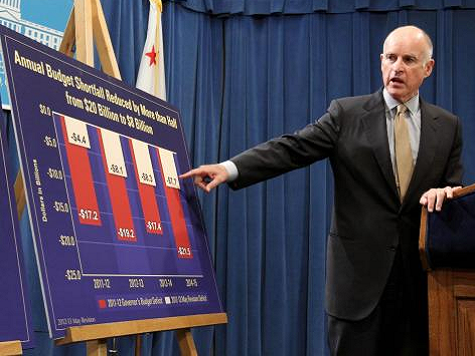California Gov. Jerry Brown, following in the footsteps of his compadre in the White House, is now intent on redistributing the public wealth – in education. Brown hasn’t released the details of his plan, but he has stated that he wants to channel more funds toward poorer districts and away from the more affluent areas. Brown stated: “The reality is, in some places students don’t enjoy the same opportunities that people have in other places. This is a way to balance some of life’s chances.”
Brown waited until the states’ voters approved the higher taxes on the ballot in November before he made his move. He intends to do an end-run around the many rules and regulations that govern the allocation of resources, such as class size. Brown cleverly couched his position in populist terms, saying:
What the state has done for 40 years is develop one new program after another to compensate for “underperforming” schools. What we have now is command and control issuing from headquarters in Sacramento. You have to have administrators at the state level, district level and at the school level who are engaged in making sure this money is used for what it’s supposed to be used for. This constant articulation of rules is a world unto itself that is not directly supporting the teacher in the classroom.
There is strong opposition to Brown’s agenda; labor unions and school administrators are among those criticizing it. Some programs already in place, such as bilingual education, summer school, a program to meet the needs of Native American students, and programs to improve school Internet access are funded by the state government, and will experience cuts if Brown succeeds.
Jeff Freitas, secretary-treasurer of the California Federation of Teachers, said, “Since schools have been given greater flexibility, adult education … has been decimated throughout the state. You can’t just give the locals carte blanche with the money.”
Brown is expected to echo a plan he suggested last year, where, for example, Compton Unified schools would get $4,700 more per pupil while Manhattan Beach Unified would only get $681 per student.
Adonai Smith, with the Assn. of California School Administrators, was blunt about Brown’s plans and asserted that the association would not go along with a scheme that is a “redistribution of resources.”

COMMENTS
Please let us know if you're having issues with commenting.